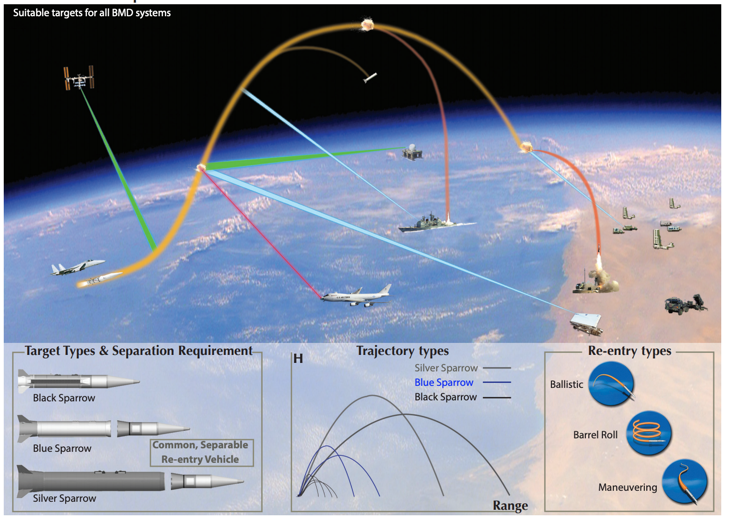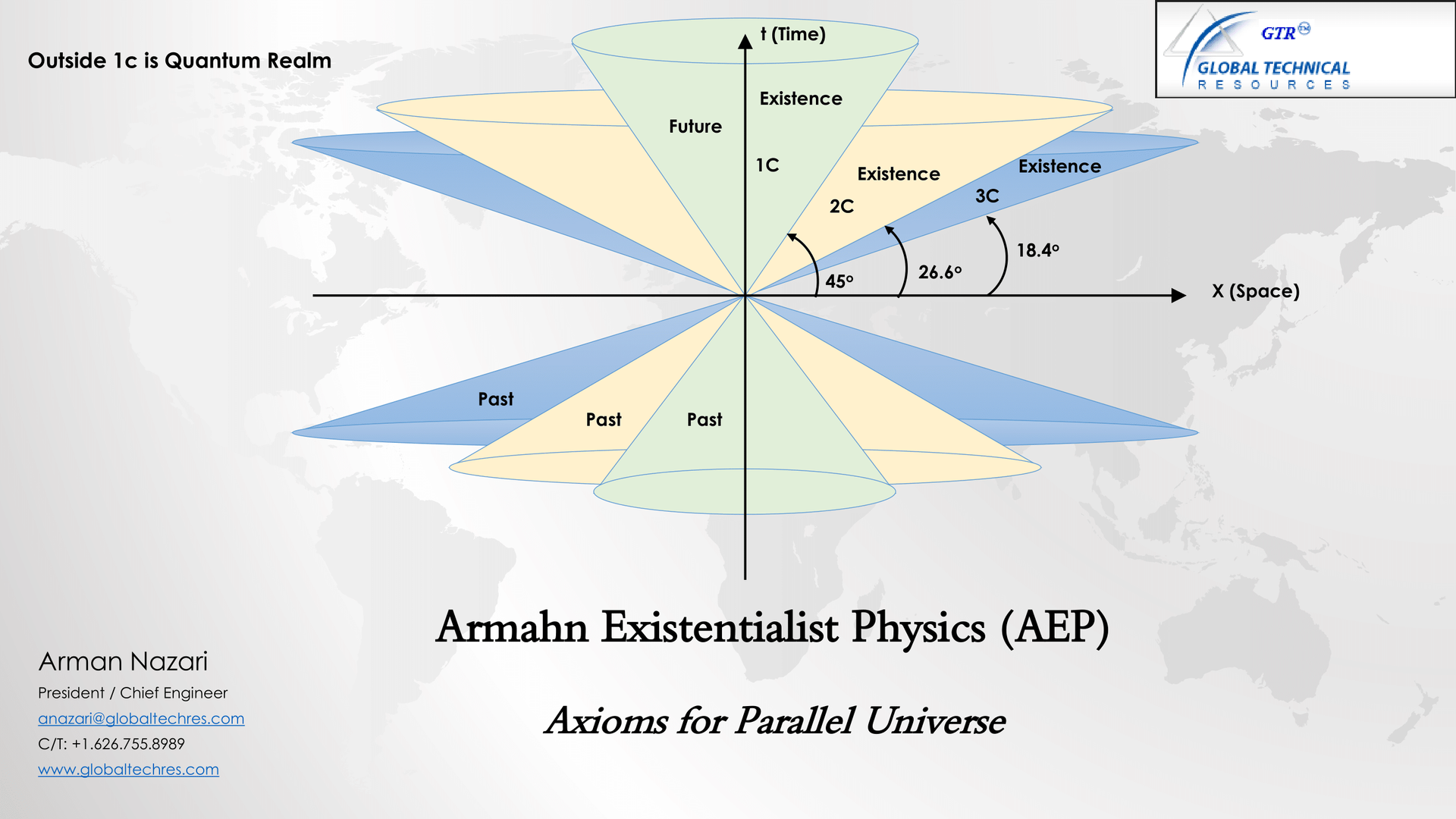ARTICLES
Follow Us
Be the first to know
Strategic Shadows: Reagan’s SDI, STASI Assassins, and Israel’s Air-Launched Ballistic Missile
By Arman M Nazari
In March 1983, U.S. President Ronald Reagan unveiled the Strategic Defense Initiative (SDI)—a revolutionary missile defense concept intended to intercept nuclear warheads through a combination of ground-based interceptors, lasers, and space-based tracking. Though mocked as “Star Wars” in the West, adversaries took it seriously. The Soviet Union and East Germany’s STASI viewed SDI as a fundamental threat to strategic deterrence and responded through deniable operations—including targeted assassinations of key Western scientists.
Between 1982 and 1990, at least 21 engineers and scientists affiliated with the Marconi Group, Plessey, GEC, and related British defense contractors died under suspicious circumstances. Victims included:
- Vimal Dajibhai,
Arshad Sharif,
Jonathan Moyle,
Avtar Singh Gida,
as well as others like - Peter Ferry, David Sands, Russell Smith, Richard Pugh,
- John Brittan, Frank Jennings, Victor Moore, and Dr. Keith Bowden.
Many were working on advanced radar systems, secure guidance software, telemetry control, and signal processing—technologies central to the SDI architecture. Most deaths were reported as suicides, single-vehicle crashes, or accidental falls, yet their clustering, secrecy, and professional affiliations raised alarms. UK parliamentary members and journalists questioned whether these deaths were part of a covert neutralization program possibly directed by the KGB via STASI channels. The logic was simple: eliminating software engineers and control systems experts was cheaper, cleaner, and more deniable than fighting the technology head-on.
Meanwhile, SDI itself struggled with escalating costs and political resistance. By the late 1980s, the U.S. pivoted toward simulation-heavy missile defense development, leveraging radar decoy targets and virtualized intercept testing. Israel, facing existential missile threats from neighboring states, quickly adopted and evolved this doctrine. After the 1991 Persian Gulf War SCUD attacks, Israel developed the Arrow interceptor and began testing with its own family of air-launched ballistic missile targets (ALBMs): the Black Sparrow, Blue Sparrow, and Silver Sparrow.
Derived from Jericho-class missile designs, the Sparrow targets are launched from F-15 or F-16 fighters, simulating enemy ballistic missiles in terms of infrared signature, velocity, radar cross-section, and trajectory. The Black Sparrow (first launched in 1999) emulates SCUD-class missiles, while the Blue Sparrow (2005) simulates Shahab-3 and similar threats with longer range and enhanced flight dynamics. The Silver Sparrow, introduced in 2013, can mimic heavier warheads and maneuverable reentry vehicles, offering a more complex test target for multi-tier intercept systems like Arrow-2, Arrow-3, and David’s Sling. Their high-speed release from aircraft allows flexibility, surprise orientation, and much cheaper test conditions than ground-based launches.
On June 13, 2025, Israel launched Operation Rising Lion, a large-scale retaliatory strike against Iran’s nuclear infrastructure, military command centers, and integrated air defense network. The operation came after the support of Iranian drone and missile attacks on Israeli territory via Yemen. Using air-launched munitions modeled after the Sparrow-class targets, Israel’s fighter jets delivered a mix of top-attack, radar-evading precision weapons, striking from angles that penetrated Iranian radar cone blind spots especially vertical zenith gaps in systems like Bavar-373 and S-300PMU-2.
The operation also leveraged cyber and electronic warfare (EW) tools to degrade Iranian detection and response capabilities. Ghost telemetry streams mimicked previous test launches, delaying Iranian identification of inbound threats. The fusion of simulated launch profile deception, jamming, and real-time EW suppression was a direct extension of the simulation doctrine pioneered under SDI except this time, it was real, lethal, and coordinated.
According to international defense observers, over 60 Iranian personnel were killed during the initial 72-hour campaign between June 13 and June 15, 2025, including multiple IAD operators and senior command staff. Confirmed strikes hit targets in Tehran, Isfahan, Bushehr, and Khuzestan, severely disrupting radar coordination and integrated fire control for at least 48 hours. The operation, executed by the Israeli Air Force, Mossad, and cyber units, marked Israel’s most complex and multi-domain strike on Iranian territory to date.
Operation Rising Lion follows earlier missions like Operation Days of Repentance (October 2024) and Operation Iron Law, reflecting a broader shift toward hybrid kinetic-cyber doctrine in Middle Eastern military operations. As the line between missile test and combat launch blurs, air-based (fighter) ALBM deception becomes both a strategic deterrent and an offensive enabler. From the death of coders in Cold War Britain to the ghost war in Iranian airspace, Reagan’s SDI vision casts a long shadow across today’s battlefield.











